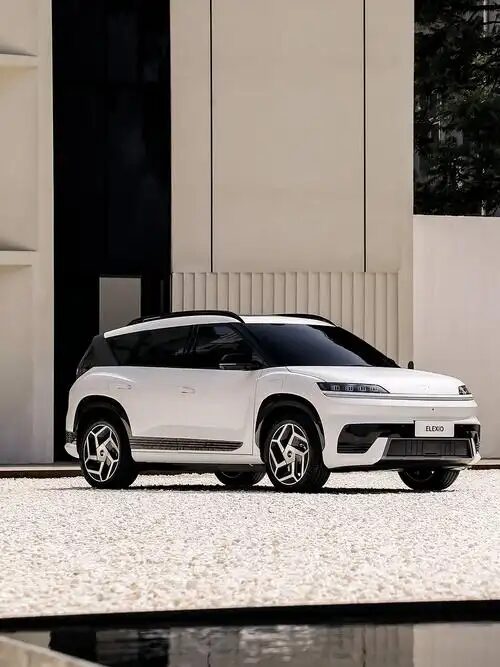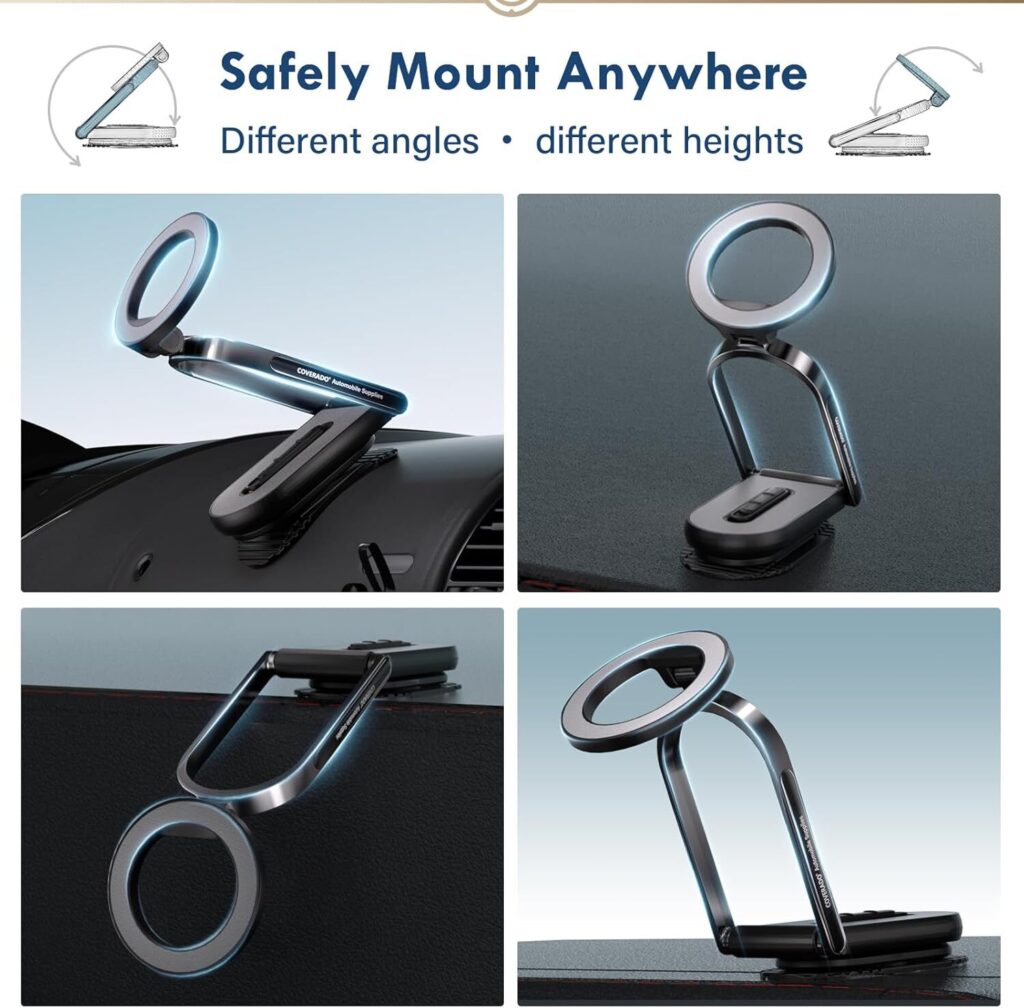Hyundai’s Great Wall of Failure: 4 Fatal Mistakes and a Cautionary Tale for VW & Stellantis
In Europe and North America, Hyundai-Kia is a titan. A global top-three powerhouse celebrated for its design, technology, and value, it stands as a formidable challenger to Toyota and Volkswagen. But in China, the world’s largest and most brutal auto market, Hyundai is facing a severe crisis. A staggering sales drop of nearly 90% since its 2016 peak has fueled persistent rumors of a market exit.
For Western automakers like VW, Stellantis, and GM, Hyundai’s story is not a distant drama—it’s a chilling cautionary tale. The popular narrative blames the 2017 THAAD missile crisis, a geopolitical fallout that sideswiped Korean brands. But as a market analyst based in China, I can tell you that politics was merely the accelerant poured on a pre-existing fire.
Based on an analysis of local expert commentary and hundreds of recent consumer comments, Hyundai’s collapse was a near-inevitable result of four fatal mistakes.
Mistake #1: Abandoning Their Core Identity (The Quality Collapse)
Hyundai’s initial success in China was built on a simple formula: offering a reliable, feature-packed vehicle for less than Japanese competitors. They were the undisputed kings of “value-for-money.” But at their peak, they grew complacent.
Local experts point to a disastrous period between 2010-2015 where aggressive cost-cutting led to widespread engine issues, specifically cylinder scoring (拉缸), which shattered their reputation for reliability. This was compounded by a “double standards” (双标) scandal, where the Chinese version of the Festa (Elantra) was found to have a plastic bumper reinforcement beam, while the U.S. version used steel. They had traded their strongest asset—trustworthy value—for short-term profit.
Mistake #2: Underestimating Geopolitical Fallout (The THAAD Catalyst)
When the THAAD crisis hit in 2016, consumer sentiment was already souring due to the quality issues. The political fallout gave millions of unhappy customers the perfect excuse to abandon the brand. As one highly-rated comment put it, “The most direct reason for poor sales was the THAAD incident.” It turned a commercial problem into a nationalistic one, and Hyundai has never recovered.
Mistake #3: Ignoring “China Speed” (Falling Behind the Times)
While Hyundai was distracted, the Chinese market underwent a revolution. Domestic brands like BYD and Geely not only seized the “value” segment but leapfrogged global players in electrification and in-car technology.
Hyundai’s response was fatally slow. As one expert scathingly noted, “The IONIQ 5 was released in 2016. What are they thinking, trying to launch an 8-year-old car here in 2024?” In a market where a new model feels old after 18 months, Hyundai was still operating on a 5-year product cycle.
Mistake #4: A Failure of Respect (Fatal Arrogance)
The root of all these errors, according to local analysts, was a fundamental arrogance and a failure to respect the Chinese market. They failed to localize designs, were slow to introduce new technology, and seemed to believe their “joint-venture” status was enough.
A Hyundai executive was even quoted as saying the company’s global profits could easily absorb its China losses—a comment seen locally as the ultimate admission of apathy. They weren’t fighting to win; they were content to lose gracefully.
A Glimmer of Hope? The ELEXIO Counterattack
Just as the story seems over, a surprising twist has emerged. The social media campaign for Hyundai’s new EV, the ‘ELEXIO’, has been a runaway success. By transparently showcasing “hardcore” safety and performance tests, Hyundai has tapped into consumer fatigue with over-hyped startups. Comments like “This is the reassurance of a legacy automaker” and “Much better than those who only sell a PPT!” dominate the discussion.
This suggests a potential path forward: a return to their roots of tangible engineering and safety, directly addressing the trust deficit. It’s a flicker of hope, but the fundamental challenges—especially the fear of market exit—remain. The ELEXIO must be the start of a sincere, long-term recommitment, not just a one-off marketing win.
For Western brands, the lesson from Hyundai’s fall is clear: China is not just another market. It demands respect, speed, localization, and a deep understanding of both consumer sentiment and political reality. Arrogance is fatal, and the fall from grace is swift and brutal.


This post may contain affiliate links. If you purchase through these links, I may earn a small commission at no extra cost to you.
My AI Jazz Project: